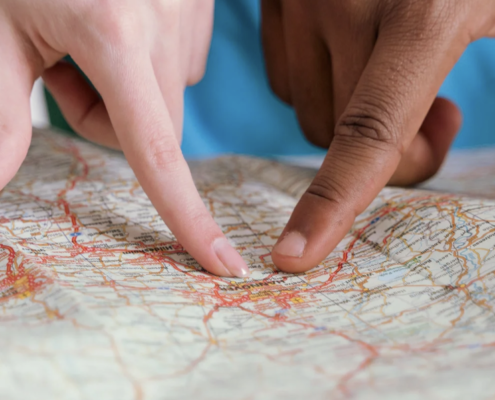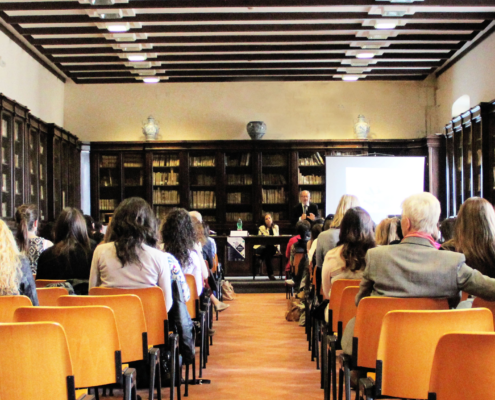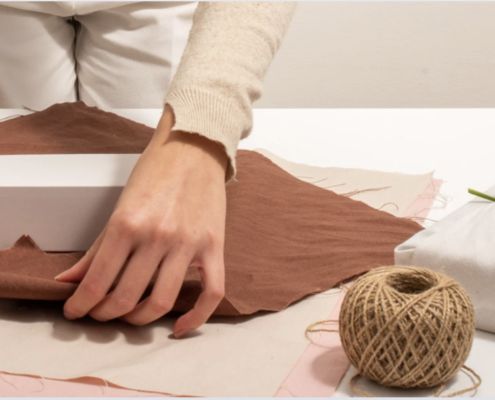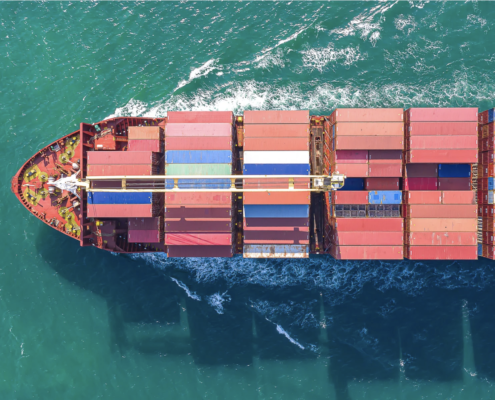Accelerating the transition to a circular economy in the EU
In a world where environmental and climatic challenges are increasingly pressing, Europe finds itself at a crucial crossroads in its history. The European Environment Agency (EEA) recently sounded the alarm, highlighting Europe’s lag in its transition to a circular economy, a transformation crucial to achieving its climate and environmental goals. In this article, we explore the challenges of this transition, the current state of progress in Europe, the actions needed to accelerate the process, and the opportunities that a circular economy can offer.
The challenges of the transition to a circular economy
Europe’s current economic model is largely based on a linear economy, where resources are extracted, transformed into products, used and discarded at the end of their life. This approach leads to over-consumption of resources, excessive waste production and contributes significantly to the greenhouse gas emissions responsible for climate change. It also entails a considerable loss of economic, social and environmental value. The recent AEE study reveals striking examples of this waste, including the destruction of unsold textiles, resulting in massive CO2 emissions into the atmosphere.












